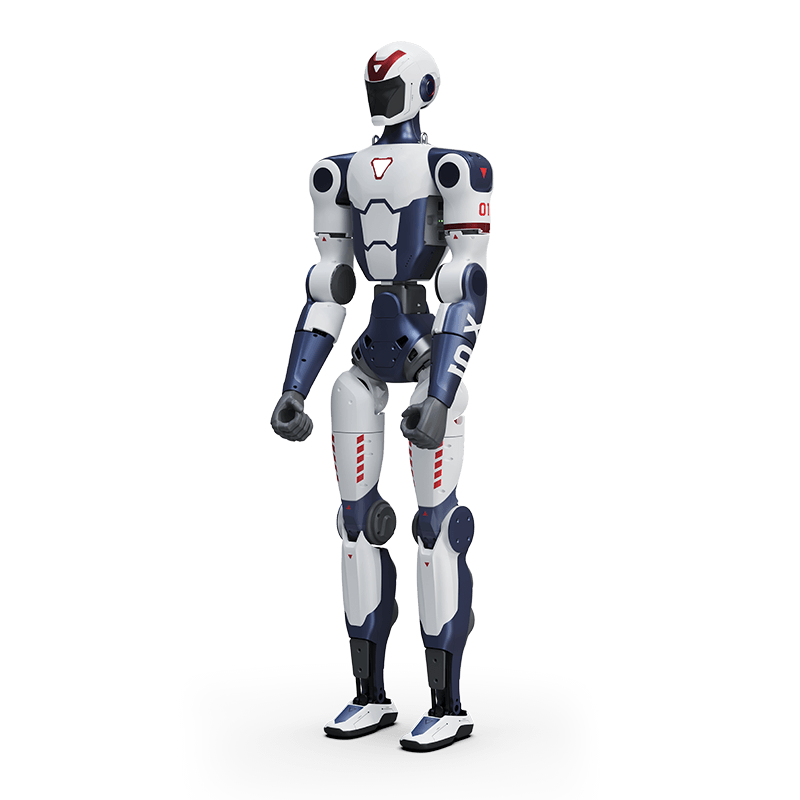
R1 (Unitree Robotics)
| Feature | Details |
|---|---|
| Robot Name | R1 |
| Company | Unitree Robotics | China |
| Height | 121 cm (47.6 inches) |
| Weight | About 25kg (55 lbs) with battery |
| Walking Speed | Up to 9 km/h (2.5 m/s) |
| Battery Life | Approximately 1 hour continuous operation with hot-swappable lithium battery |
| Key Capabilities | 26 degrees of freedom movement, multimodal AI with voice and image recognition, acrobatic movements (cartwheels, handstands, kung-fu kicks), dynamic balancing, and real-time environmental perception |
| Primary Applications | Research and development, robotics education, entertainment and performance, human-robot interaction studies, prototyping platform, and light service applications |
| Availability | Commercial - Starting at $5,900 USD for base model, with EDU version available at higher cost |
| Notable Features | Fixed fist hands in base model (optional dexterous hands available), 8-core CPU with GPU, binocular camera system, 4-microphone array, Wi-Fi 6 and Bluetooth 5.2 connectivity, open SDK for customization, and OTA software updates |
Note: Details may not be current or accurate.
About R1
The Unitree R1 represents a groundbreaking achievement in affordable humanoid robotics, designed to democratize access to advanced bipedal robot technology. Standing 1.21 meters tall and weighing just 25 kilograms, the R1 is significantly lighter and more compact than its predecessors while delivering remarkable athletic capabilities that include cartwheels, handstands, running at speeds up to 9 km/h, and dynamic kung-fu movements. What makes this robot particularly revolutionary is its aggressive pricing at $5,900, making it one of the most affordable full-featured humanoid robots ever released commercially. The R1 features 26 degrees of freedom (six per leg, five per arm, two in the waist, and two in the head), providing exceptional mobility and agility that surpasses many higher-priced competitors. Built around a "movement-first design" philosophy, the robot integrates advanced AI capabilities through its multimodal large language model that enables voice commands, image recognition, and natural human-robot interaction. The system is powered by an 8-core CPU with GPU, equipped with binocular cameras for 360-degree environmental perception, and includes a 4-microphone array for sophisticated audio processing. While the base model features fixed fist hands to keep costs down, an optional EDU version with dexterous manipulators is available for more advanced applications. The R1 supports comprehensive customization through its open SDK with Python and C++ programming interfaces, ROS2 compatibility, and over-the-air software updates, making it an ideal platform for researchers, educators, developers, and robotics enthusiasts who previously couldn't afford professional-grade humanoid robots.